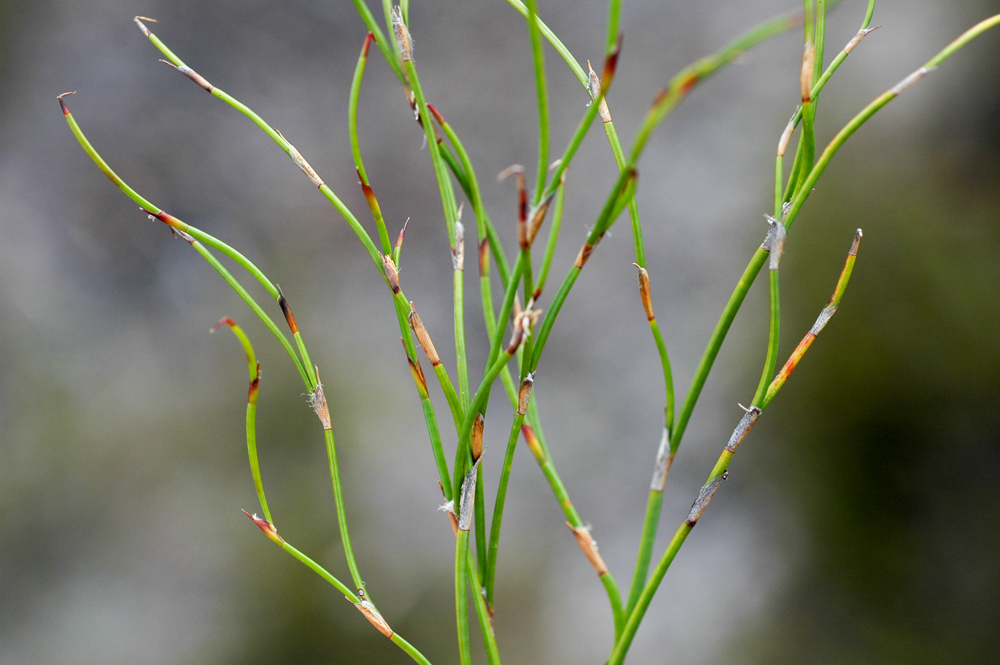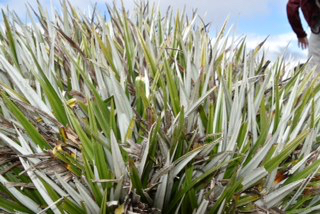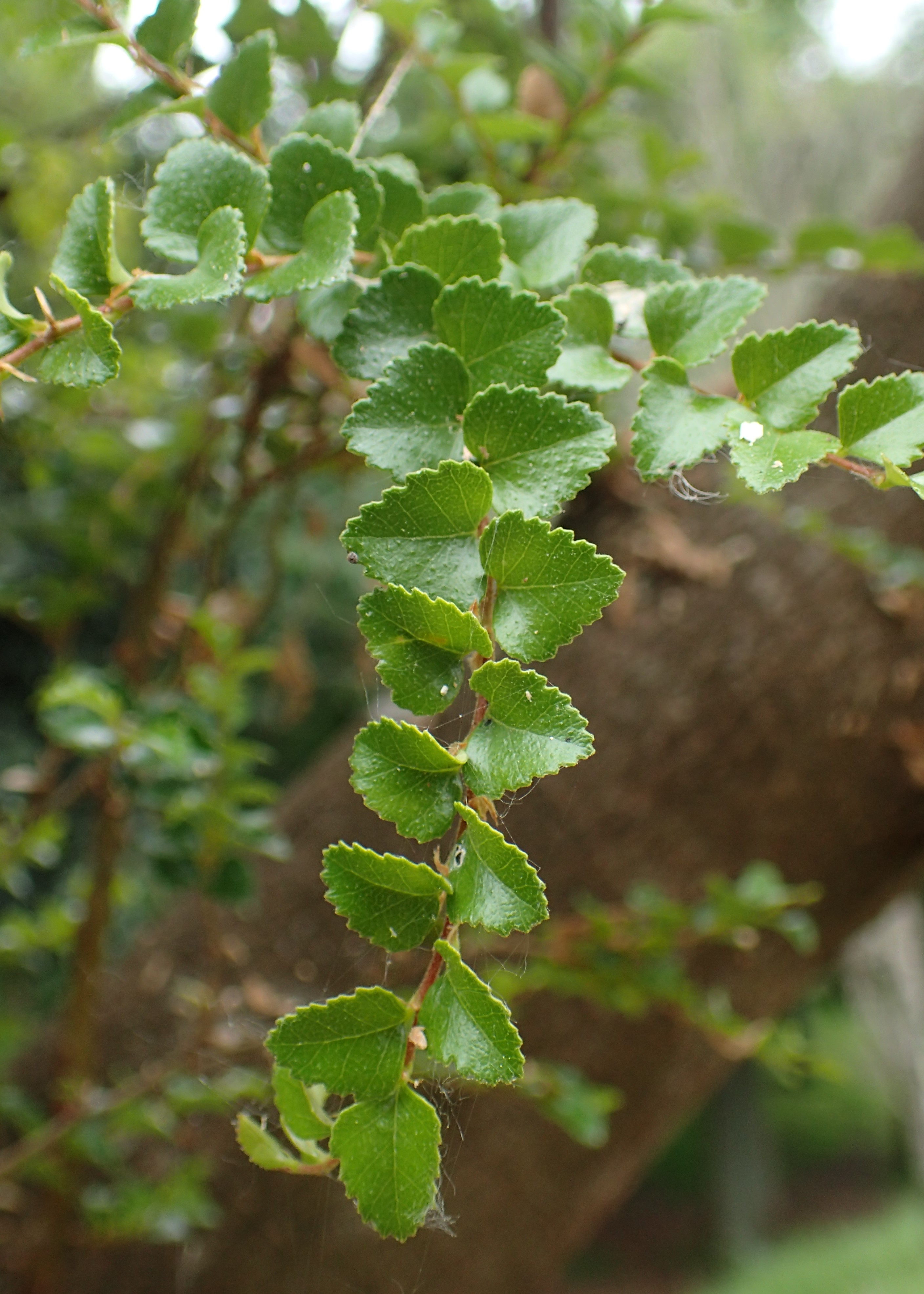|
Athrotaxis Cupressoides
''Athrotaxis cupressoides'', is also known as pencil pine, despite being a species of the family Cupressaceae, and not a member of the pine family. Found either as an erect shrub or as a tree, this species is endemic to Tasmania, Australia. Trees can live for upwards of 1000 years, sustaining a very slow growth rate of approximately 12 mm in diameter per year. As with all species in the ''Athrotaxis'' genus, ''A. cupressoides''’ leaves are single-veined and arranged in spirals. Unique to ''A. cupressoides'' the leaves are 2-3mm long/wide, overlapping and closely compressed stem. This results in a scale like appearance. Two forms of woody cones act as the gametophyte structures, which mature approximately six months after pollination and are typically retained on the tree for up to one year. The female cones are spherical with pointed bract scales 12-15 mm in diameter. The male cones are much smaller 3-5 mm in diameter. The common name pencil pine is based on it being an eve ... [...More Info...] [...Related Items...] OR: [Wikipedia] [Google] [Baidu] |
David Don
David Don (21 December 1799 – 15 December 1841) was a Scottish people, Scottish botanist. Biography David Don was born on 21 December 1799 at Doo Hillock, Forfar, Angus, Scotland to Caroline Clementina Stuart, and her husband George Don of Forfar. His older brother was George Don, also a botanist. His father was a curator at the Royal Botanic Garden, Leith Walk, Edinburgh. Don was Professor of Botany at King's College London from 1836 to 1841, and librarian at the Linnean Society of London from 1822 to 1841. He described several of the major Pinophyta, conifers discovered in the period, including first descriptions of Sequoia sempervirens, coast redwood (''Taxodium sempervirens'' D. Don; now ''Sequoia sempervirens'' (D. Don) Stephan Ladislaus Endlicher, Endl.), Bristlecone Fir (''Pinus bracteata'' D. Don, now ''Abies bracteata'' (D. Don) A. Poit.), Grand Fir (''Pinus grandis'' Douglas ex D. Don; now ''Abies grandis'' (Douglas ex D. Don) John Lindley, Lindl.) and Coulter Pine ... [...More Info...] [...Related Items...] OR: [Wikipedia] [Google] [Baidu] |
Great Western Tiers
The Great Western Tiers are a collection of mountain bluffs that form the northern edge of the Central Highlands plateau in Tasmania, Australia. The bluffs are contained within the Tasmanian Wilderness World Heritage Site. The bluffs stretch northwest to southeast over from the Western Bluff near the town of Mole Creek to the Millers Bluff, approximately west of Campbell Town.Lloyd, p.1 During the late 19th century the Tiers were known as the Great Western Range. Features The Central Highlands, or Tasmanian central plateau, was uplifted from the lower Meander Valley, most probably in the Eocene epoch though possibly earlier, forming the Tiers' escarpment. The plateau's north-east boundary, which ranges from –, originated in extensive Tertiary faulting. This escarpment divides the high, rocky, sparsely inhabited central plateau from the fertile lower land of the Meander Valley and the northern midlands. The edge of the tiers have prominent cliffs and columns of Juras ... [...More Info...] [...Related Items...] OR: [Wikipedia] [Google] [Baidu] |
Gleichenia Alpina
''Gleichenia alpina'', commonly known as alpine coral-fern, is a small fern species that occurs in Tasmania and New Zealand. It grows in alpine and subalpine areas with moist soils and is a part of the Gleichrniaceae family. The species was first formally described by botanist Robert Brown in 1810. Description ''Gleichenia alpina'' is a common native ground-fern that grows in boggy alpine and subalpine vegetation. It has the typical ''Gleichenia'' foliage, which is repeatedly dichotomously divided before ending in pinnate laminas. The distinctive feature is deep pouches densely covered with hairs on the underside of the pinnules. ''Gleichenia alpina'' is characterised by comparatively short frond axes and the dense orange-brown (becoming pale) scales that obscure the abaxial surface of the lamina. Its strongly pouched ultimate segments mean it can be confused only with ''G. dicarpa''. From that species, ''G. alpina'' can be distinguished by: the absence of stellate scales wi ... [...More Info...] [...Related Items...] OR: [Wikipedia] [Google] [Baidu] |
Empodisma Minus
''Empodisma minus'', commonly known as (lesser) wire rush or spreading rope-rush, is a perennial evergreen belonging to the southern-hemisphere family of monocotyledons called the Restionaceae. The Latin name ''Empodisma minus'' translates to “tangle-foot” “small”. ''E. minus'' is found from Queensland to South Australia, Tasmania and throughout New Zealand south of 38 ° latitude, or the central north island. Its current conservation status is “Least concerned”. In 2012 the new species '' Empodisma robustum'' was described in New Zealand, with what was previously described as ''E. minus'' from the lowland raised bogs of Waikato and Northland now being re-classified as ''E. robustum''. ''E. minus'' remains an important peatformer in the south of New Zealand and in high altitude peatlands. Description The stems are 15–200 cm long, numerously branched, semi-terete and dark green to dark brown in colour. The stem keeps upright when short, yet becomes procumbent wh ... [...More Info...] [...Related Items...] OR: [Wikipedia] [Google] [Baidu] |
Astelia Alpina
''Astelia alpina'' called pineapple grass, silver astelia, or perching lily is a commonly found species in alpine and subalpine areas of Tasmania and the Australian Alps.Pickering, C.M., Jordan, M., and Hill, W. (2004) "Sexual dimorphism and sex ratios of two Australian dioecious species of alpine pineapple grass, ''Astelia alpina'' var. ''novae-hollandiae'' and ''Astelia psychrocharis'' (Asteliaceae) Nordic Journal of Botany, 23(2): 225-236 It is a perennial herb that typically dominates its environment by growing in dense clusters, called mats, in alpine bogs.Australian Native Plants Society (2009)Guide to Australian Plants; Astelia alpina Retrieved 2016-03-16 There are two subspecies: ''Astelia alpina'' var. ''novae hollandiae'' from New South Wales and Victoria and ''Astelia alpina'' var. ''alpina'' endemic to Tasmania.Maciunas, E., Conran, J.G., Bannister, J.M., Paull, R., and Lee, D.E. (2011) "Miocene Astelia (Asparagales: Asteliaceae) macrofossils from southern New Zealand" ... [...More Info...] [...Related Items...] OR: [Wikipedia] [Google] [Baidu] |
Richea
''Richea'' is a genus of 11 species of flowering plants in the family Ericaceae. Nine of the species are endemic to Tasmania and the other two are endemic to the south-east of the Australian mainland. Species include: *'' Richea acerosa'' (Lindl.) F.Muell. *'' Richea alpina'' Menadue *'' Richea continentis'' B.L.Burtt – Candle heath *'' Richea dracophylla'' R.Br. – Dragonleaf richea *'' Richea gunnii'' Hook.f. – Gunn's candle heath *'' Richea milliganii'' (Hook.f.) F.Muell. – Milligan's candle heath or nodding candle heath *'' Richea pandanifolia'' Hook.f. – Pandani or giant grass tree *'' Richea procera'' (F.Muell.) F.Muell. – Lowland richea *''Richea scoparia ''Richea scoparia (formerly known as R. angustifolia)'', is a wide spread Tasmanian endemic plant. The genus '' Richea,'' forms part of the Ericaceae (formerly Epacridaceae) family, which are commonly heath-like shrubs. The name refers to the e ...'' Hook.f. – Scoparia *'' R ... [...More Info...] [...Related Items...] OR: [Wikipedia] [Google] [Baidu] |
Olearia
''Olearia'', most commonly known as daisy-bush, is a genus of flowering plants belonging to the family Asteraceae, the largest of the flowering plant families in the world. Olearia are found in Australia, New Guinea and New Zealand. The genus includes herbaceous plants, shrubs and small trees. The latter are unusual among the Asteraceae and are called tree daisies in New Zealand. All bear the familiar daisy-like composite flowerheads in white, pink, mauve or purple. Description Plants in the genus ''Olearia'' are shrubs of varying sizes, characterised by a composite flower head arrangement with single-row ray florets enclosed by small overlapping bracts arranged in rows. The flower petals are more or less equal in length. The centre of the bi-sexual floret is disc shaped and may be white, yellowish or purplish, generally with 5 lobes. Flower heads may be single or clusters in leaf axils or at the apex of branchlets. Leaves may be smooth, glandular or with a sticky secretion. T ... [...More Info...] [...Related Items...] OR: [Wikipedia] [Google] [Baidu] |
Phyllocladus Aspleniifolius
''Phyllocladus aspleniifolius'', commonly known as the celerytop pine, is an endemic gymnosperm of Tasmania, Australia. It is widespread and common in Tasmania, with the most abundance in the western highlands. Its ‘leaves’ appear similar to those of a celery plant, hence the common name. Description ''Phyllocladus aspeniifolius'' is a large, conical conifer in the family Podocarpaceae. The trunk is erect with horizontal branches. True leaves appear at the seedling stage and are fine and needle-like. Mature leaves are reduced to minute, brown scales. The function of the leaf is taken over by cladodes that look like green diamond shaped leaves, similar to the leaves of a celery plant, hence the common name “celery-top pine”. The cladodes are thick and flattened, 3–8 cm long borne spirally on green stems. The plant may bear male and female cones on the same tree or separate trees in summer. The male cones are cylindrical, 3–5 mm long, with 2-3 together ... [...More Info...] [...Related Items...] OR: [Wikipedia] [Google] [Baidu] |
Lophozonia Cunninghamii
''Nothofagus cunninghamii,'' commonly known as myrtle beech or Tasmanian myrtle, is the dominant species of cool temperate rainforests in Tasmania and Southern Victoria. It has low fire resistance and grows best in partial shade conditions. It has rough bark covered in mosses and epiphytic growth. Its leaves are triangular-shaped, small, and dark green with differentiated margins. It has white unisexual flowers. Description & Habit ''N. cunninghamii'' range from trees of up to 50 meters in protected rainforest valleys to low-growing alpine shrubs less than 1 m tall in exposed conditions. Maximum height is about 55 m. The leaves are simple and alternate, growing 0.5–1.5 cm long, and in Victoria up to 2 cm (0.8 in) long. The leaves are dark green, with new growth brilliant red, pink or orange in spring. They are triangular with irregular minute teeth with craspedodromous veins with all secondary veins terminate at leaf margins and spread from a central primar ... [...More Info...] [...Related Items...] OR: [Wikipedia] [Google] [Baidu] |
Understory
In forestry and ecology, understory (American English), or understorey (Commonwealth English), also known as underbrush or undergrowth, includes plant life growing beneath the forest canopy without penetrating it to any great extent, but above the forest floor. Only a small percentage of light penetrates the canopy so understory vegetation is generally shade-tolerant. The understory typically consists of trees stunted through lack of light, other small trees with low light requirements, saplings, shrubs, vines and undergrowth. Small trees such as holly and dogwood are understory specialists. In temperate deciduous forests, many understory plants start into growth earlier in the year than the canopy trees, to make use of the greater availability of light at that particular time of year. A gap in the canopy caused by the death of a tree stimulates the potential emergent trees into competitive growth as they grow upwards to fill the gap. These trees tend to have straight trunks ... [...More Info...] [...Related Items...] OR: [Wikipedia] [Google] [Baidu] |
Athrotaxis Selaginoides
''Athrotaxis selaginoides'' is a species of ''Athrotaxis'', endemic to Tasmania in Australia, where it grows at 400–1,120 m altitude. In its habitat in the mountains, snow in winter is very usual. It is often called King Billy Pine or King William Pine (believed to be in reference to William Lanne an Aboriginal man), although it is not a true pine.Farjon, A. (2005). ''Monograph of Cupressaceae and Sciadopitys''. Royal Botanic Gardens, Kew. Description It is an evergreen coniferous tree growing to 20–30 m tall, with a trunk up to 1.5 m diameter. The leaves are claw-like, 7–18 mm long and 3–4 mm broad, arranged spirally on the shoots. The seed cones are globose, 15–30 mm diameter, with 20–30 spirally-arranged scales; they are mature about six months after pollination. The pollen cones are 4–5 mm long. Decline The main cause of past decline has been fire, with about one third of its habitat burnt in the twentieth century. Like the other two ''Athrotaxis'' species, ' ... [...More Info...] [...Related Items...] OR: [Wikipedia] [Google] [Baidu] |
Canopy (biology)
In biology, the canopy is the aboveground portion of a plant cropping or crop, formed by the collection of individual plant crowns. In forest ecology, canopy also refers to the upper layer or habitat zone, formed by mature tree crowns and including other biological organisms ( epiphytes, lianas, arboreal animals, etc.). The communities that inhabit the canopy layer are thought to be involved in maintaining forest diversity, resilience, and functioning. Sometimes the term canopy is used to refer to the extent of the outer layer of leaves of an individual tree or group of trees. Shade trees normally have a dense canopy that blocks light from lower growing plants. Observation Early observations of canopies were made from the ground using binoculars or by examining fallen material. Researchers would sometimes erroneously rely on extrapolation by using more reachable samples taken from the understory. In some cases, they would use unconventional methods such as chairs susp ... [...More Info...] [...Related Items...] OR: [Wikipedia] [Google] [Baidu] |








